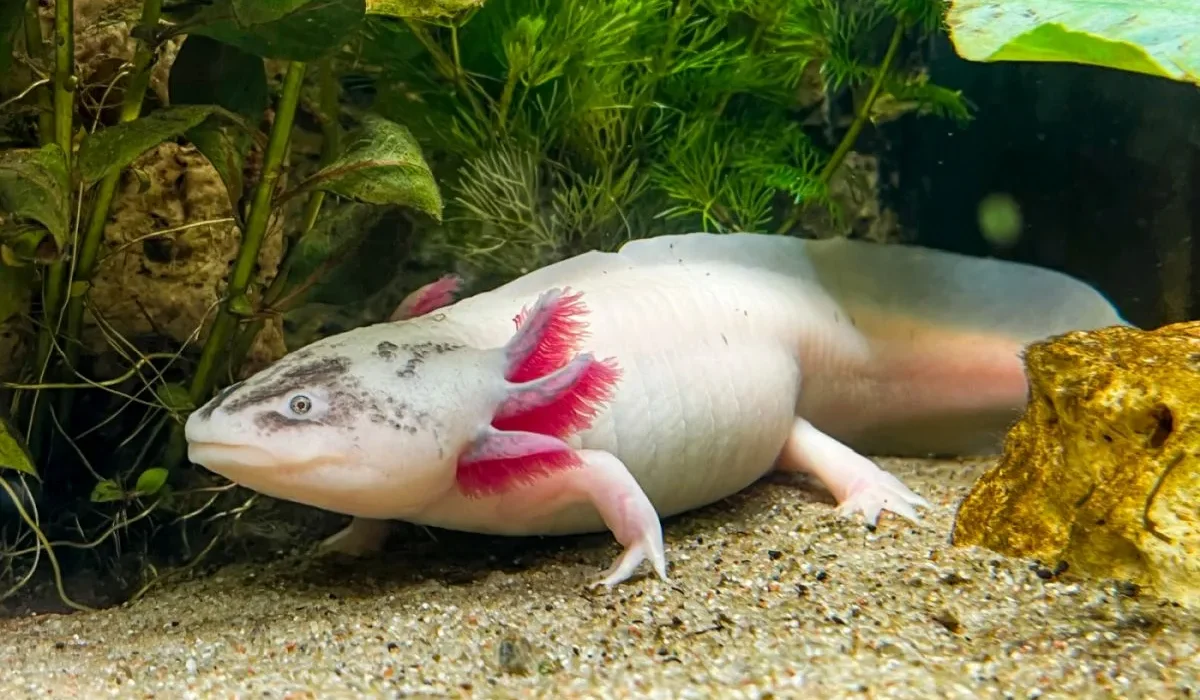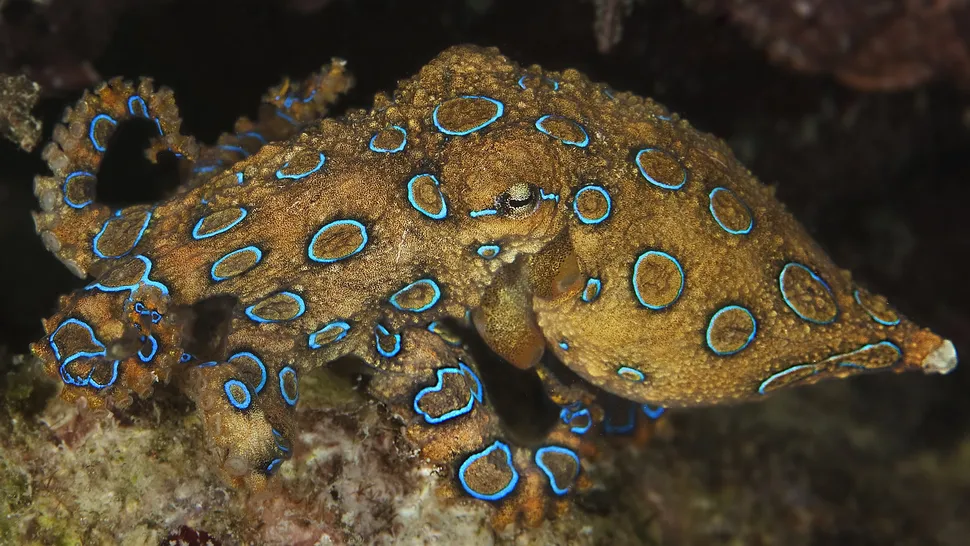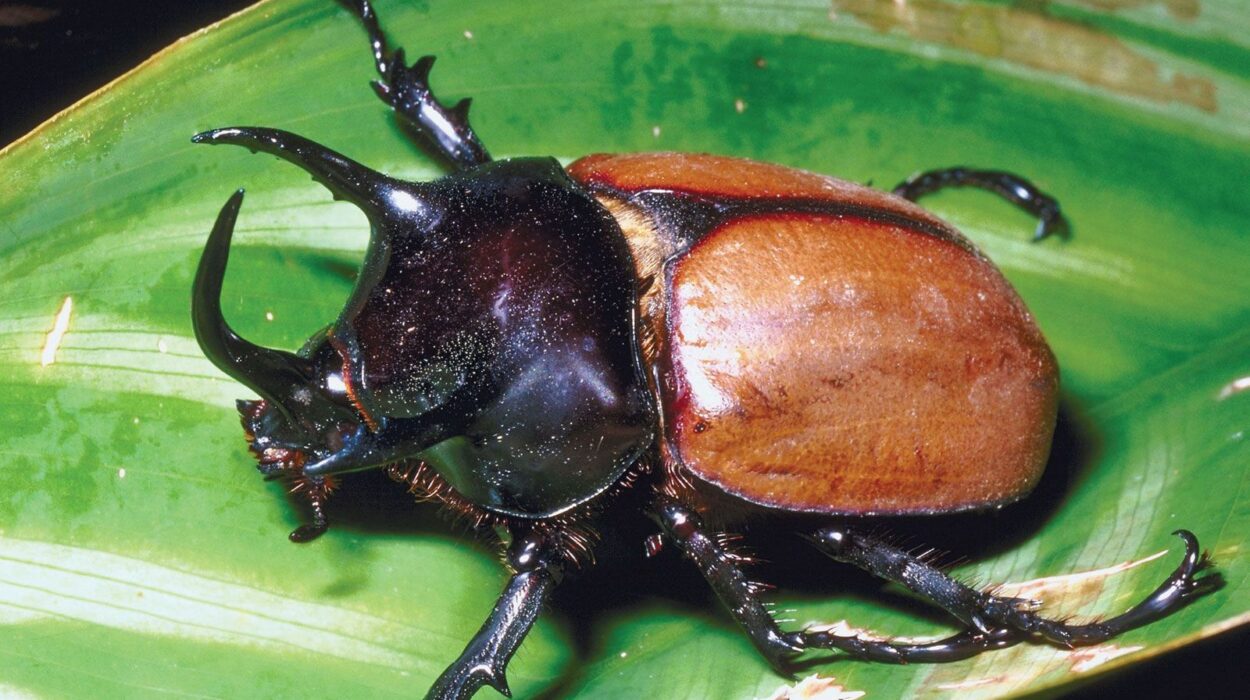For centuries, humans have been captivated by dolphins—their graceful movements, playful nature, and seeming curiosity toward people. In ancient times, Greek sailors believed dolphins were sacred messengers of the gods. Modern science, however, views them through a different lens: as one of the most intelligent non-human species on Earth. Yet what does “intelligence” truly mean for an animal whose world is so different from ours? How do scientists measure it, and how does dolphin intelligence compare with that of humans, great apes, or other animals? The question of how smart dolphins really are takes us into the realms of neuroscience, cognition, communication, and even philosophy.
The Nature of Dolphin Intelligence
Defining intelligence in non-human animals is complex. Intelligence is not a single trait but a collection of cognitive abilities—problem-solving, memory, communication, self-awareness, and social behavior. Dolphins exhibit advanced capacities in all of these areas, and scientists consider them among the most cognitively sophisticated creatures in the animal kingdom.
The most well-studied species, the bottlenose dolphin (Tursiops truncatus), displays behaviors that indicate both abstract thinking and emotional depth. These animals use tools, cooperate in complex ways, understand symbolic language, and exhibit signs of self-recognition. Their intelligence is not identical to human intelligence, but it is highly adapted to their marine environment—a form of “alien” cognition that evolved under water rather than on land.
The Dolphin Brain: Structure and Complexity
The first clue to dolphin intelligence comes from the size and complexity of their brains. Relative to body size, dolphins have one of the largest brains in the animal world. The encephalization quotient (EQ), which measures brain size relative to body size, is second only to humans in bottlenose dolphins.
A dolphin’s brain weighs about 1,600 grams—slightly more than the average human brain—and contains a highly folded neocortex. This folding, known as gyrification, increases surface area and is often associated with higher cognitive processing. The neocortex is the part of the brain responsible for complex functions such as sensory perception, reasoning, and decision-making.
In addition, dolphins have a well-developed limbic system, the brain’s emotional center. This suggests that their emotional lives are rich and nuanced. Research indicates that dolphins may experience a wide range of emotions including joy, grief, curiosity, and even empathy. The extensive neural connections between the limbic system and neocortex imply a close integration of emotion and cognition—something that was once thought to be uniquely human.
Another striking feature of the dolphin brain is its asymmetry. While both hemispheres are large, they operate semi-independently. Dolphins exhibit unihemispheric slow-wave sleep, meaning one half of the brain rests while the other remains awake to control breathing and watch for predators. This unique adaptation allows them to maintain awareness and possibly process information even during rest.
Communication: A Language of Whistles and Clicks
Communication is a hallmark of intelligence, and dolphins are masters of acoustic expression. Living in an underwater world where vision is limited, they rely heavily on sound. Their vocal repertoire includes whistles, clicks, burst pulses, and other noises that can carry long distances through water.
One of the most remarkable discoveries in dolphin research is the use of signature whistles. Each dolphin develops a unique whistle early in life, functioning much like a name. Dolphins recognize their own signature whistle and those of others, even after years of separation. When a dolphin emits another’s signature whistle, it appears to be calling specifically to that individual—a form of labeling rarely seen in animals.
Beyond signature whistles, dolphins produce click patterns used in echolocation—sonar-like pulses that bounce off objects and reveal their size, shape, and distance. Echolocation is not only a navigational tool but also an information system that could carry cognitive implications. Some scientists speculate that dolphins might “see” with sound in extraordinary detail, forming mental images from acoustic reflections.
There is also evidence of syntax-like structure in dolphin communication. Studies at the Dolphin Research Center and other laboratories have shown that dolphins can comprehend artificial languages composed of gestures or sounds representing objects and actions. They can interpret word order, differentiate between “bring the ball to the hoop” and “bring the hoop to the ball,” and respond appropriately. This ability to understand symbolic language, though not equivalent to human grammar, indicates a high level of cognitive processing.
Self-Awareness and the Mirror Test
One of the most famous indicators of advanced intelligence is self-recognition—the ability to understand that one’s reflection represents oneself. This ability is commonly tested through the mirror test, developed by psychologist Gordon Gallup in the 1970s. When a mark is placed on an animal’s body in a location it can only see in a mirror, touching or investigating that mark suggests self-awareness.
Dolphins are among the very few species to pass this test. In experiments, dolphins have been observed inspecting their bodies in mirrors, twisting and turning to examine the marked areas. They appear to understand that the reflection is not another dolphin but themselves. This behavior indicates a sense of identity and awareness of their own existence—a trait once thought to be uniquely human and great ape.
Self-awareness opens the door to more complex emotions such as empathy, pride, or shame. In captivity, dolphins have been known to exhibit behaviors that suggest emotional understanding, such as comforting injured companions or responding to the distress of others. In the wild, they have even been seen supporting sick or dying individuals at the surface to help them breathe.
Problem Solving and Tool Use
Intelligence often manifests through problem-solving and tool use, and dolphins excel at both. In Shark Bay, Australia, researchers have documented bottlenose dolphins using marine sponges as tools. They pick up a sponge with their rostrum (snout) and use it to probe the seafloor while hunting fish. The sponge protects their skin from sharp objects or stinging creatures. This behavior, called “sponging,” is not instinctive but learned—passed from mother to offspring, suggesting cultural transmission.
Dolphins also display remarkable creativity in experiments. They can learn to perform tasks that require foresight, planning, and cooperation. In controlled studies, they understand the concept of imitation, copying both the actions of other dolphins and even human trainers. They can also solve puzzles that involve pressing levers, recognizing patterns, and remembering sequences.
In captivity, dolphins have demonstrated play behaviors that seem to indicate imagination and enjoyment of novelty. They blow bubbles and manipulate them with precision, pass seaweed back and forth, or invent new tricks spontaneously. Play, in both humans and animals, is often correlated with high intelligence because it reflects curiosity, learning, and social bonding.
Social Intelligence and Complex Societies
Perhaps the most compelling evidence for dolphin intelligence lies in their social structure. Dolphins live in groups known as pods, which can range from a few individuals to hundreds, depending on the species and environment. These societies are dynamic, with individuals forming and dissolving alliances, maintaining friendships, and even engaging in political maneuvering reminiscent of primate groups.
In bottlenose dolphins, males often form alliances of two or three individuals to cooperate in courting females. These alliances can, in turn, join larger groups to compete against rival alliances. Such multi-level cooperation requires sophisticated social awareness, memory, and communication. Dolphins must recognize individuals, remember past interactions, and adjust behavior based on context—traits that parallel social intelligence in great apes and humans.
Social learning is another mark of intelligence. Dolphins learn by observing others and can transmit behaviors culturally. Young dolphins acquire hunting strategies, vocal patterns, and social norms from their mothers and peers. This ability to learn socially, rather than through instinct alone, creates a culture that varies between populations—something once considered unique to humans.
Emotion and Empathy in Dolphins
Dolphins display behaviors that suggest deep emotional lives. They form long-term bonds, mourn dead companions, and show affection through physical touch and vocal interactions. When one dolphin is injured or sick, others may support it, even lifting it to the surface to breathe.
Studies of dolphin vocalizations reveal changes that seem to correspond with emotional states. Excited dolphins emit more rapid and frequent whistles; distressed dolphins produce calls that draw group members closer. Their complex social lives depend on emotional intelligence—the ability to interpret and respond to the feelings of others.
Neuroanatomical studies also support the idea that dolphins experience emotions similar to humans. Their limbic system is large and intricately structured, and the density of spindle neurons—associated with empathy and social awareness—is comparable to that of humans and great apes. This neural evidence suggests that dolphins might not only understand the emotions of others but also respond with empathy.
Memory and Learning
Memory plays a crucial role in intelligence, and dolphins possess extraordinary long-term memory. Research has shown that dolphins can recognize the signature whistles of former companions even after twenty years of separation. Such retention is the longest social memory recorded in any non-human species.
In training and experimental settings, dolphins quickly learn to associate signals with actions and can remember complex sequences of commands. They can even understand abstract concepts like “copy” or “repeat,” indicating metacognitive awareness—the ability to think about one’s own thoughts.
Their capacity for learning extends beyond direct reinforcement. Dolphins exhibit observational learning, acquiring new skills by watching others perform them. This flexibility allows them to adapt to changing environments and exploit new opportunities for feeding or play.
The Role of Play and Creativity
Play is often seen as a window into intelligence because it reflects the ability to experiment, take risks, and innovate. Dolphins are among the most playful creatures on Earth. They surf waves, toss seaweed to one another, and engage in games with objects or other species. Some have been observed playing with turtles, blowing bubble rings, or even riding the wakes of boats.
Play can also serve as a form of social learning and bonding. In juvenile dolphins, it helps develop coordination, social skills, and hunting techniques. Adults may use play to reinforce social relationships or simply for enjoyment—a sign of consciousness and a capacity for fun.
Creativity is another dimension of their mental life. Dolphins can invent new behaviors spontaneously, especially in captivity where they interact with trainers. They often modify learned behaviors or combine them in unexpected ways. Such innovation reflects cognitive flexibility and an appreciation for novelty.
Cross-Species Communication and Cooperation
Dolphins are not only intelligent within their own species; they also demonstrate cross-species communication. Wild dolphins have been known to cooperate with human fishermen in Brazil, helping herd fish toward nets in exchange for an easier catch. This behavior, passed down through generations, involves synchronized movements and mutual understanding between humans and dolphins.
In other parts of the world, dolphins have been observed interacting peacefully with whales, porpoises, and even dogs. Their curiosity about humans and other animals appears genuine, suggesting an ability to recognize other beings as individuals rather than mere objects.
Captive studies also show that dolphins can understand human gestures, mimic speech sounds, and respond to visual symbols. While not “talking” in the human sense, they can comprehend a shared communication framework, bridging the gap between species.
Comparing Dolphin Intelligence with Other Animals
Dolphins are often compared to primates, especially great apes, because both groups exhibit self-awareness, problem-solving, and social complexity. However, dolphin intelligence evolved along a very different path. While primate cognition developed in a visual and tactile world, dolphin cognition evolved in an acoustic and hydrodynamic one.
In some ways, dolphin intelligence rivals that of chimpanzees and orangutans. Their ability to recognize themselves in mirrors, understand symbolic communication, and cooperate socially suggests cognitive sophistication on par with higher primates. Their social systems are arguably even more complex, with intricate alliances and cooperative strategies.
Yet intelligence cannot be measured on a single linear scale. Dolphins and primates excel in different domains, reflecting their distinct evolutionary pressures. Dolphins are supreme acoustic thinkers and spatial navigators; their brains are wired for interpreting sound and movement in three dimensions. Their intelligence, though alien to ours, is no less remarkable.
Ethics, Captivity, and the Question of Consciousness
The recognition of dolphin intelligence has profound ethical implications. If dolphins possess self-awareness, emotions, and social bonds, what does that mean for how humans treat them?
Keeping dolphins in captivity for entertainment or experimentation raises serious moral questions. Many researchers argue that confining such intelligent, socially complex beings in small tanks causes psychological distress. Dolphins in the wild travel dozens of kilometers a day, maintain intricate social relationships, and experience the acoustic richness of the ocean. Captivity limits all of these, often leading to abnormal behavior and shortened lifespans.
Some countries have recognized these concerns legally. India, for example, declared dolphins “non-human persons” in 2013, banning their use in entertainment. Similar ethical movements have gained traction worldwide, advocating for the protection of dolphins as sentient beings with intrinsic rights.
The question of consciousness—the subjective experience of being aware—remains at the heart of the debate. While it is impossible to know exactly what a dolphin’s inner life feels like, evidence from neuroscience and behavior suggests that they possess a form of conscious awareness comparable to that of humans and great apes.
The Science of Dolphin Culture
Culture, defined as the transmission of behaviors through learning rather than genetics, was once thought to be uniquely human. However, dolphins have culture too. Populations in different regions develop distinct hunting methods, vocal dialects, and social customs that persist across generations.
In Shark Bay, for example, “sponging” behavior is learned matrilineally. In other populations, dolphins use cooperative hunting techniques involving specific calls and formations unique to that group. These cultural differences demonstrate that dolphins are not merely guided by instinct but by learned traditions—a hallmark of advanced intelligence.
Cultural transmission enhances adaptability. When environmental conditions change, socially learned behaviors allow groups to innovate and survive. Such flexibility may explain dolphins’ evolutionary success across diverse marine environments.
Cognitive Experiments and Artificial Language
Over decades of research, scientists have designed experiments to test the cognitive limits of dolphins. At facilities like the Kewalo Basin Marine Mammal Laboratory in Hawaii, dolphins such as Phoenix and Akeakamai were trained to understand artificial languages composed of symbols or gestures. They learned that word order changed meaning, grasped the difference between actions and objects, and even recognized abstract ideas such as “together” or “left.”
These findings demonstrate not only comprehension but also conceptual thinking. Dolphins were able to generalize learned rules to new situations—a sign of flexible intelligence. Some experiments even suggested that dolphins could understand when they didn’t know something and seek additional information, indicating metacognition.
Their auditory memory and vocal learning also point to linguistic potential. Dolphins imitate sounds from other dolphins, whales, and even human-generated noises, adjusting pitch and rhythm. Though their communication system differs from human language, it shares essential features of complexity, structure, and intentionality.
Evolutionary Origins of Dolphin Intelligence
Dolphins belong to the order Cetacea, which includes whales and porpoises. Their ancestors were land-dwelling mammals that returned to the ocean around 50 million years ago. Over time, natural selection favored adaptations for aquatic life—streamlined bodies, echolocation, and complex social structures.
In marine environments, survival depends heavily on communication and cooperation. Hunting large schools of fish or avoiding predators requires coordination and planning. Social intelligence, therefore, became a key evolutionary advantage. As their societies grew more intricate, so did their cognitive abilities.
The evolution of dolphin intelligence mirrors that of primates in several ways: both evolved large brains in social environments where cooperation and competition were critical. This parallel evolution demonstrates that intelligence can arise independently under similar selective pressures, even in drastically different habitats.
The Future of Dolphin Research
Despite decades of study, much about dolphin cognition remains mysterious. New technologies—such as underwater drones, acoustic sensors, and artificial intelligence—are enabling researchers to analyze dolphin communication in unprecedented detail. Some hope to decode the structure and meaning of dolphin vocalizations, potentially opening a window into an entirely new form of non-human language.
Neuroscientists are also exploring the fine structure of dolphin brains, searching for neural correlates of consciousness and emotion. Ethical, non-invasive research in natural environments is becoming the standard, replacing older captive studies.
Understanding dolphin intelligence is not merely about curiosity; it may transform our understanding of intelligence itself. By studying how cognition evolves under different environmental constraints, we learn more about the nature of consciousness, creativity, and communication—concepts that define what it means to be sentient.
Human-Dolphin Relationships Through History
The relationship between humans and dolphins is ancient. In Greek mythology, dolphins were revered as divine helpers. Sailors told stories of dolphins rescuing shipwrecked men or guiding boats safely to shore. Ancient art often depicted dolphins as symbols of protection, freedom, and harmony.
In modern times, dolphins have continued to inspire fascination. Their apparent friendliness toward humans, playful behavior, and expressive faces have made them cultural icons. They appear in literature, films, and conservation movements as symbols of intelligence and empathy.
However, human interaction has not always been benevolent. The capture of dolphins for marine parks, pollution, and noise from ships and sonar have endangered many populations. Understanding dolphin intelligence deepens the moral responsibility to protect them and the ecosystems they inhabit.
The Limits of Our Understanding
While dolphins are undeniably intelligent, comparing their intelligence to ours is fraught with difficulty. Human cognition evolved around language, tool use, and culture on land. Dolphin intelligence evolved in a three-dimensional acoustic environment, emphasizing social cooperation, sonar perception, and fluid navigation.
We cannot judge dolphins by human standards of IQ or reasoning. Instead, their intelligence should be understood in context—as a unique adaptation to life in the ocean. In many respects, their abilities surpass ours. Their echolocation provides sensory information humans cannot imagine; their communication may operate in dimensions we are only beginning to grasp.
The challenge is to expand our definition of intelligence beyond human-centric frameworks. Dolphins remind us that intelligence takes many forms, each molded by evolution and environment.
Conclusion
Dolphins are not simply “smart animals”; they are sentient, emotionally rich, and cognitively complex beings whose intelligence rivals that of our closest primate relatives. Their brains are large and intricately structured, their communication system is sophisticated, and their societies are built on cooperation, learning, and empathy.
Through self-awareness, problem-solving, tool use, and cultural transmission, dolphins reveal a form of intelligence that is both familiar and profoundly different. Their minds evolved along a separate evolutionary path, yet they share with us the capacity for curiosity, creativity, and compassion.
The question “How smart are dolphins really?” leads to a deeper truth: intelligence is not a human monopoly. It is a natural phenomenon, expressed in many forms across the web of life. Dolphins challenge us to see intelligence not as a hierarchy but as a spectrum—to recognize that minds as complex as ours swim beneath the waves, thinking, feeling, and communicating in ways we are only beginning to understand.






